#20. Vatican Secret Archives, Vatican City
Vatican Secret Archives operate as a storage space for a vast number of relevant documents belonging to the Catholic Church. Some of those records date back to the 8th century. Most of the library is underground and it has 85 kilometers of shelves.
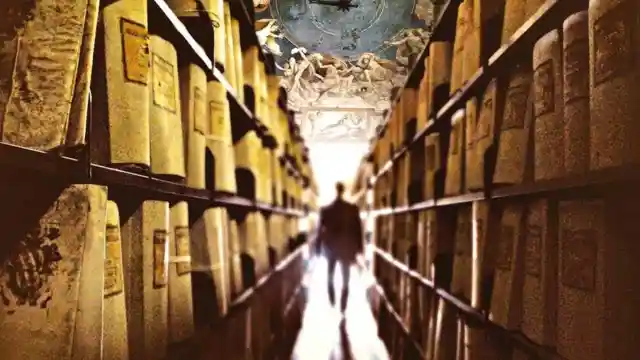
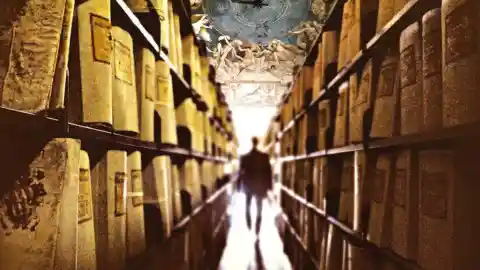
It's prohibited for others to enter its premises, except for researchers with limited access permits. But there are many limitations on what documents they can access, even for them. Can you imagine all the secrets these protected documents hold?
#19. North Brother Island, New York, USA
Located on the East River of New York City, North Brother Island is a 13-acre piece of land that very few people know about. Till 1885, the island was deserted, when the town bought the island to build Riverside Hospital, a hospital for people suffering from infectious diseases such as typhus and smallpox.
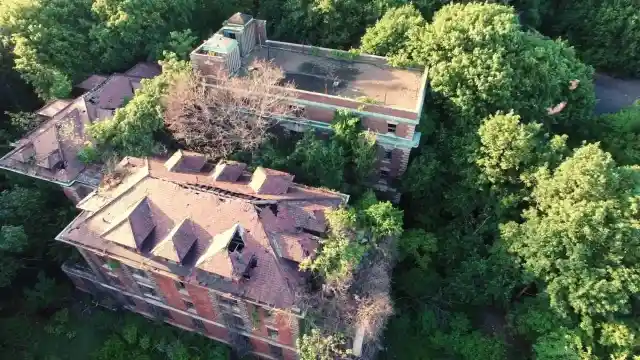

The island is legally off-limits to the public, as it is now home to a bird sanctuary for Black-Crowned Night Herons, one of the area's largest breeding colonies.
#18. Bhangarh Fort, Rajasthan, India
The access to this 17th-century fort is not absolutely prohibited, because tourists can visit it in the daylight and see this wonderful example of Rajasthani architecture. There is, however, a strict prohibition on entering this place from sunset to sunrise.
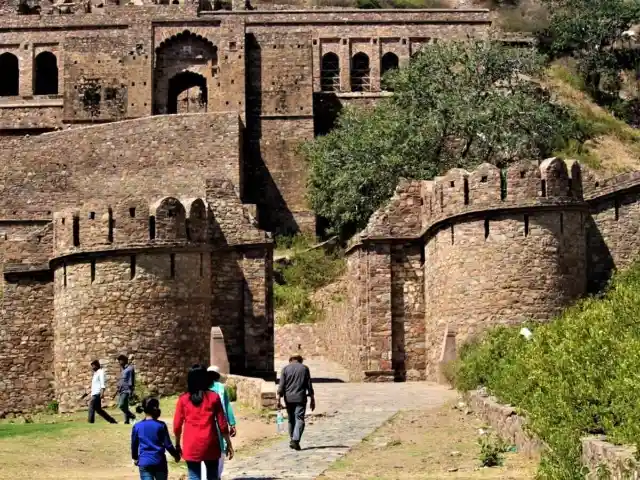
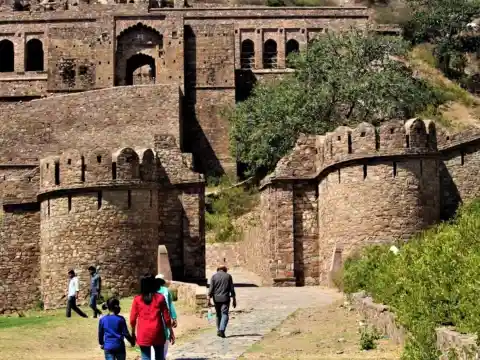
This 17th-century fort was declared a haunted place by the Indian government and is full of legends about ghosts and curses. Hearing any of them is sure to make your blood run cold.
#17. Heard Island Volcano, Australia
Heard Island is the top of an active stratovolcano on the Kerguelen Plateau in the southern Indian Ocean. Its remote location and extremely adverse weather and wind conditions make this place difficult to access.

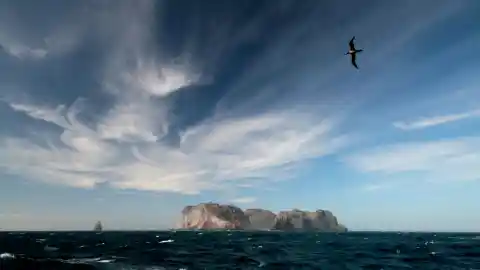
Thus, it comes as no surprise that it has only been reached by few expeditions. Yet it doesn't all look too grim: this land is perfect for penguins, sea birds, and seals, but it's not a great place to live.
#16. Lascaux Caves, France
Close to Montignac, France, four teenagers discovered a series of prehistoric cave paintings after chasing their dog down a narrow passage into a cavern. It contains one of the finest examples of Upper Paleolithic art, containing 17,000-year-old paintings mostly of animals.
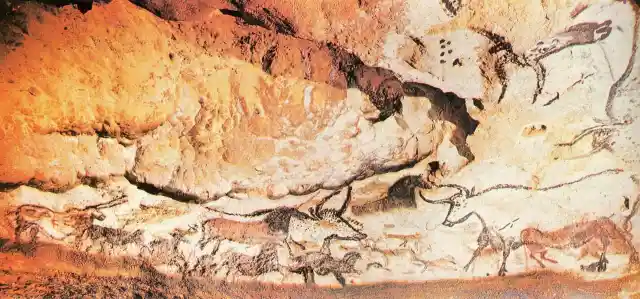
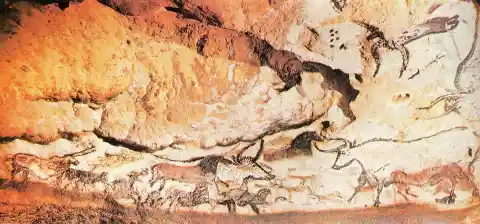
The Lascaux grotto was opened to the public in 1948 but in 1963 it was closed because artificial lights had faded the paintings vibrant colors and caused algae to spread over some of them.
#15. Ilha Da Queimada Grande, Brazil
What do you think of snakes? For me, not a problem as long as they're behind a thick glass. Ilha Da Quemada is inhabited by thousands of one of the most venomous vipers in the world. Also known as Snake Island, it's probably the most dangerous place on the planet.


So the fact that the Brazilian government has closed the island to tourists sounds reasonable. Researchers who know how to deal with snakes can enlist only under the condition of getting a doctor in their team.
#14. Area 51, Nevada, USA
The official name of the United States government for Area 51 is the Nevada Test and Training Range, a unit of the Nellis Air Force Base. Today, it is used by the US Air Force as an open training area.
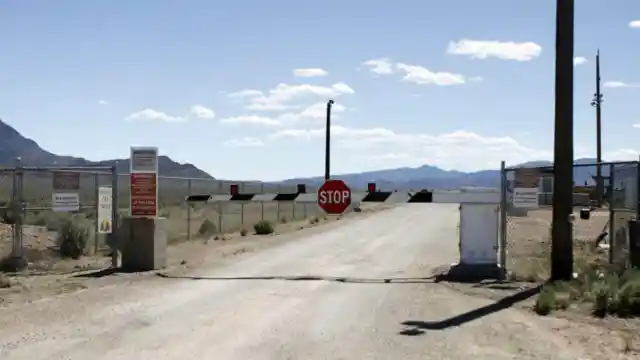
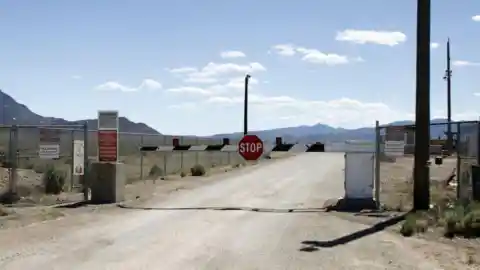
Area 51 has long been a source of interest among conspiracy theorists and paranormal investigators who claim it to be the site where alien bodies and UFOs are kept and concealed by the US government. Needless to say that entrance is strictly forbidden.
#13. Pravcicka Brana, Czech Republic
In Europe, there is nothing even like Pravčická Gate. Since the 18th century, this national natural monument has attracted artists who liked painting. Hans Christian Andersen, one of the world's most famous writers, also stopped here.
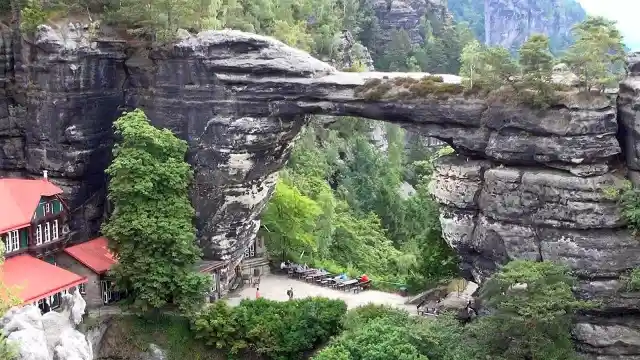
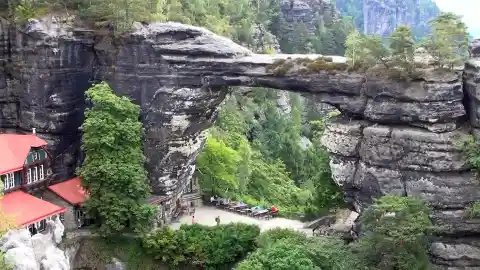
The reason for the ban is simple: the more tourists arrive at the place, the more likely its rock bridge will one day collapse. Tourists will now view it from afar in order to minimize the erosion of this iconic landmark.
#12. Morgan Island, South Carolina, USA
Morgan Island is a 2,000-acre island owned and operated by the Department of Natural Resources of South Carolina. Although there is no actual work being carried out on the island, the area is strictly monitored by the Institute.
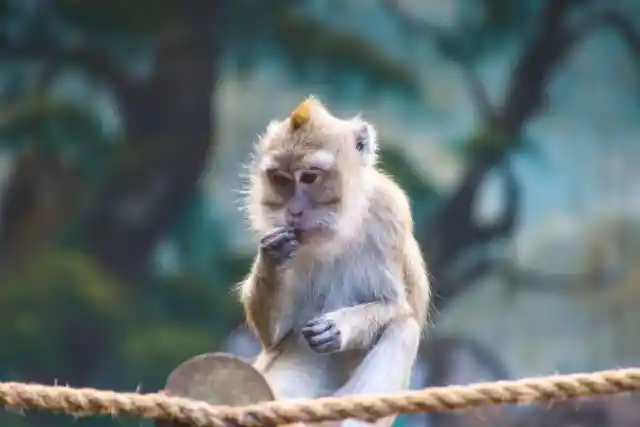

he monkeys are free to wander the island and live in family groups around their territories in their own society. People are legally forbidden by law from entering the island for their own safety, as well as for the health of the monkeys
#11. Mausoleum Of Qin Shi Huang, China
Qin Shihuang left a legacy of exceptional accomplishments. As a mystery of his imperial reign, the ambiguous royal mausoleum and necropolis stand out. While Emperor Qin Shi Huang's tomb was discovered in 1974, it has not yet been excavated.
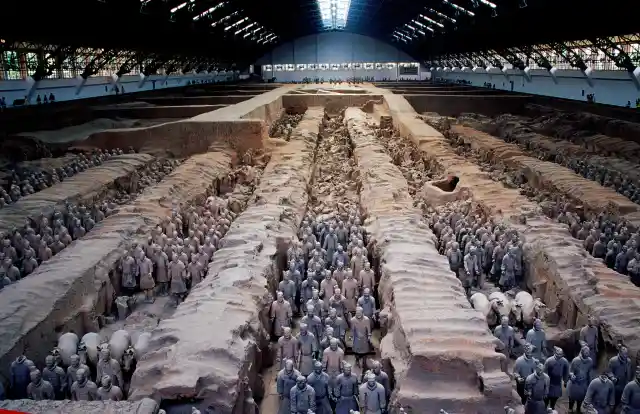
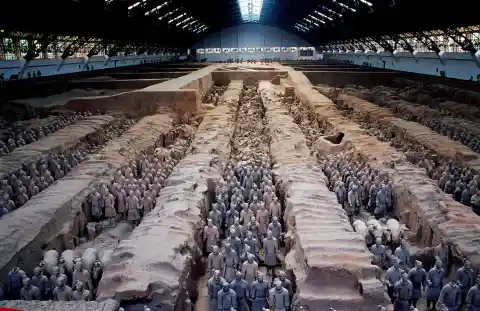
New technology can't avoid its collapse, according to the professionals who oppose to the tomb's excavation. For this reason, the Chinese government seeks to preserve its cultural heritage and pays reverence to the man buried prohibiting the access to it.
#10. Svalbard Global Seed Vault, Norway
Way up north, 1300 kilometers beyond the Arctic Circle, in the permafrost, the Svalbard Global Seed Vault is the world's largest protected seed storage, opened in February 2008 by the Norwegian Government.
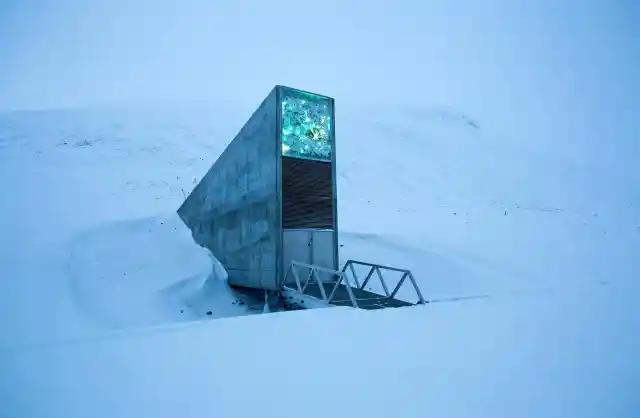
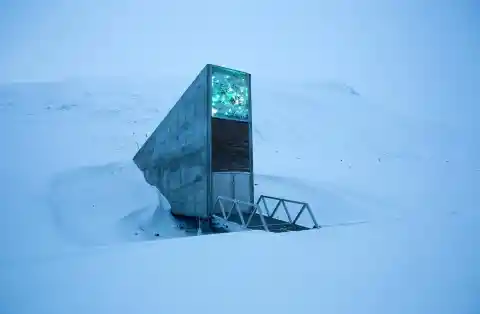
Seed crates are sent from all over the world in cold and dry rock vaults for reliable and stable long-term storage. Every country has decided to make a contribution to the cause. The vault was built to last about 200 years and it can even withstand explosions.
#9. North Sentinel Island, India
Belonging to India, the North Sentinel Island is famous for its rich ecosystem and ethnic diversity. In 1997, the Indian government decided to forbid foreigners from visiting the island and let the locals live in seclusion.
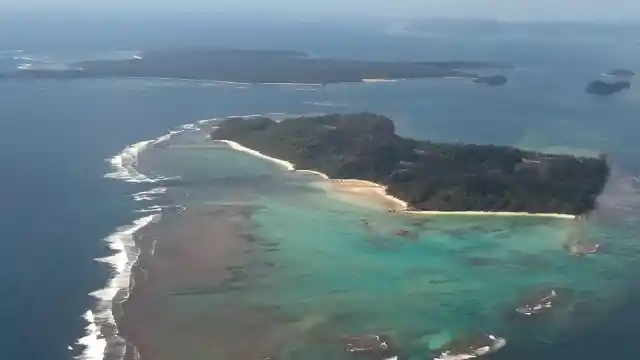
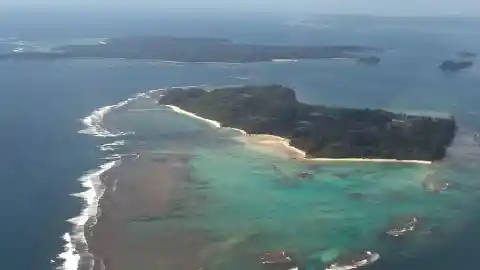
In 2006, the islanders killed two Indian fishermen who were illegally fishing in the waters just off North Sentinel. However, no one was arrested, and the government maintained the official policy of abandoning the islanders.
#8. Mezhgorye, Russia
Mezhgorya is a remote town hidden in the Southern Ural mountains. It's surrounded by two battalions to hold out anyone who tries to infiltrate into the city or just come close to it. However, nobody is 100% sure what secrets this town hides.


According to the most reliable sources, it is a nuclear missile site that allegedly has automatic missiles that can be remotely operated. Who knows?
#7. Grand Shrine Of Ise, Japan
The Ise Grand Shrine is one of the holiest places in Japan, an ancient, complex temple whose scale and delicate architecture make it one of the country's most valuable buildings.

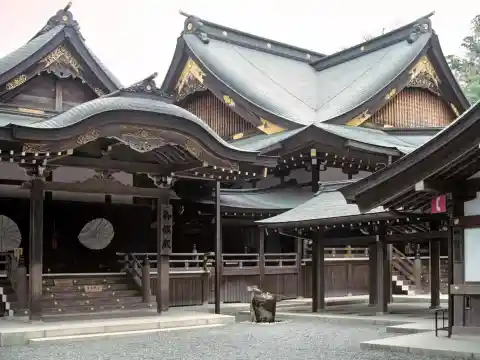
With a cost of millions of dollars, the temple is entirely renovated every 20 years from top to bottom for the sole purpose of continuing a tradition dating back to the 8th century. Only priests and members of the imperial family can go there to hold this place sacred.
#6. Surtsey, Iceland
Surtsey, one of the world's youngest islands, is the result of a volcanic eruption that lasted from 1963 through 1967. This location is only used for research purposes these days.
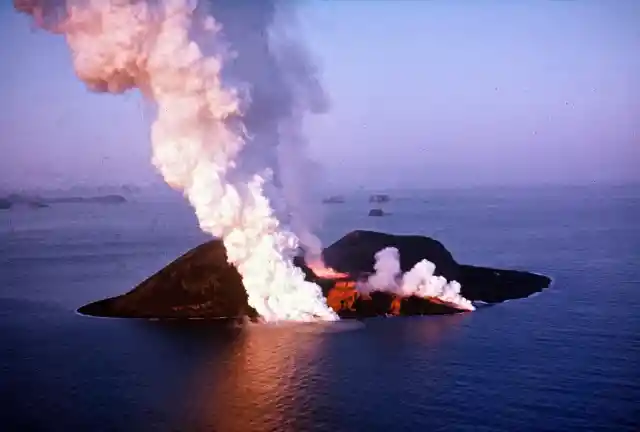

The only ones who can visit the island are scientists, as experts want to understand how ecosystems are created without any human impact.
#5. Chichen Itza Pyramid, Mexico
Every year, millions of tourists come to this site to marvel at the magnificent Mayan pyramid. Even though you may visit it, it's strictly forbidden to climb it since recently. The ban was released in 2006 after a woman tumbled off the pyramid as she descended.
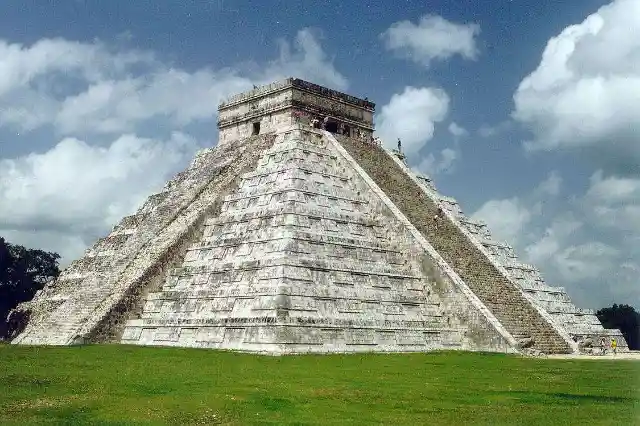
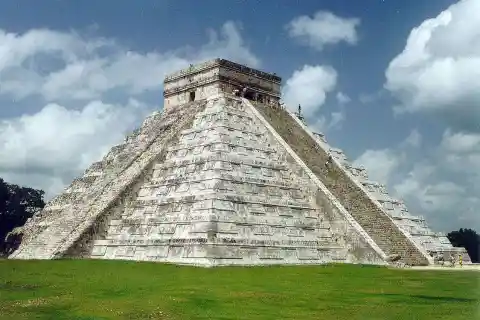
This incident had a horrific ending and, in order to prevent something similar occurring in the future, it was closed, to the frustration of many visitors who long to reach the top of Chichen Itza.
#4. Niihau Island, Hawaii, USA
Niihau, about 18 miles northwest of Kauai, is commonly known as the "Forbidden Island." Since 1864, when Elizabeth Sinclair bought it from King Kamehameha V for $10,000, it has been privately owned by the same family.
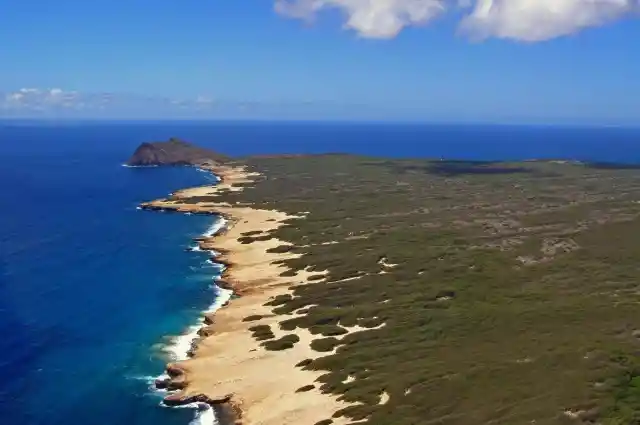
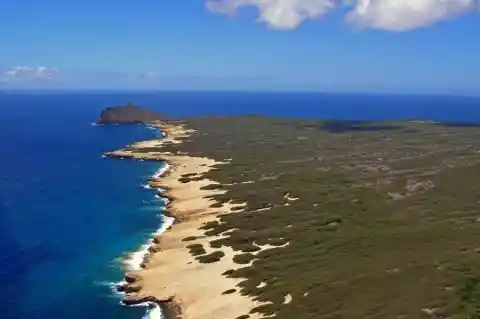
The Hawaiian islands experienced a polio outbreak in 1952, and in an effort to prevent the disease from spreading, a ban was imposed on leaving or entering the island. If you wanna go there, you need a special permission from the authorities, and it's pretty hard to get.
#3. Poveglia, Italy
Poveglia is a tiny island that lies between Lido and Venice. It was once a quarantine station which accommodated more than 160,000 sick people staying there for their last days. 50% of the island's soil is made up of human bones, according to some studies.
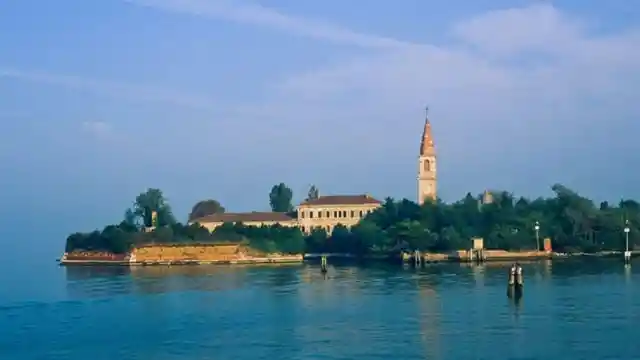
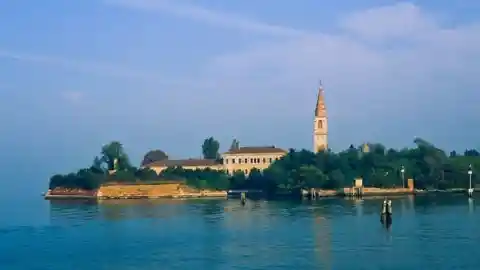
Poveglia's stories and history helped it earn the title of "The Most Haunted Place in the World." The television shows Ghost Adventures and Scariest Places on Earth also filmed episodes there.
#2. Pluto’s Gate, Turkey
In Greco-Roman mythology, the Gate of Pluto was celebrated as the entrance to the underworld. Pluto was known as the Greek god of the underworld. No-one would survive there, according to the ancient historian Strabo.
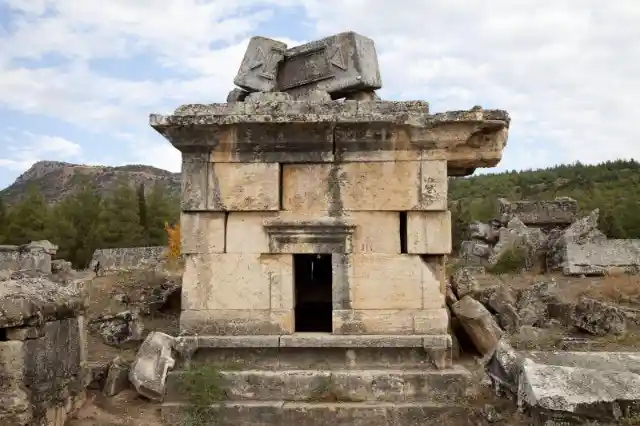
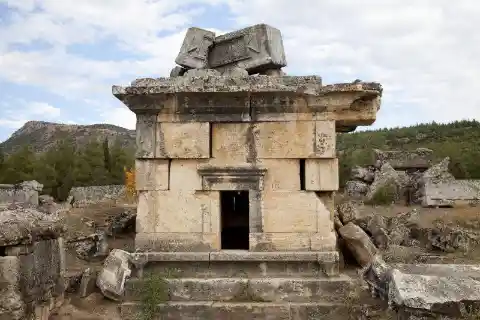
After visiting this location, Grato wrote that he "threw in sparrows, and they breathed their last and fell immediately." At night when the temperature drops, the CO2 is heavier than air, according to experts, that's the reason behind the sparrows incident.
#1. Fort Knox, Kentucky, USA
Fort Knox is also considered the most heavily-guarded place in the world. It has quite a few security measures which can be a little bit mind-blowing. This location owns half of the U.S. gold reserves. That's some money!
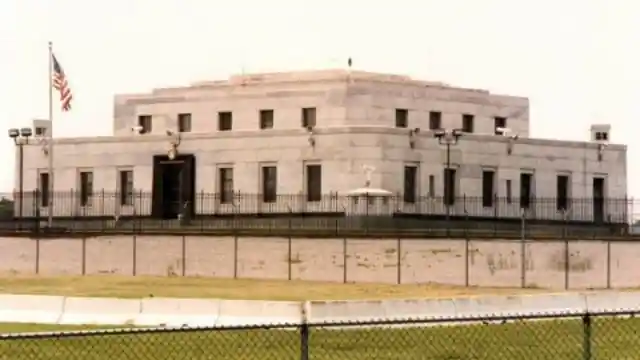
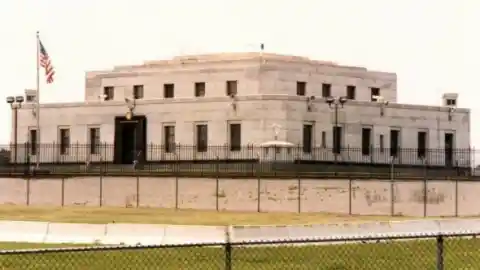
The building is built out of concrete-lined granite and reinforced by steel in order to withstand any external attack. The U.S. Treasury says Fort Knox is “equipped with the latest and most modern protective devices." We better steer clear out of this one.